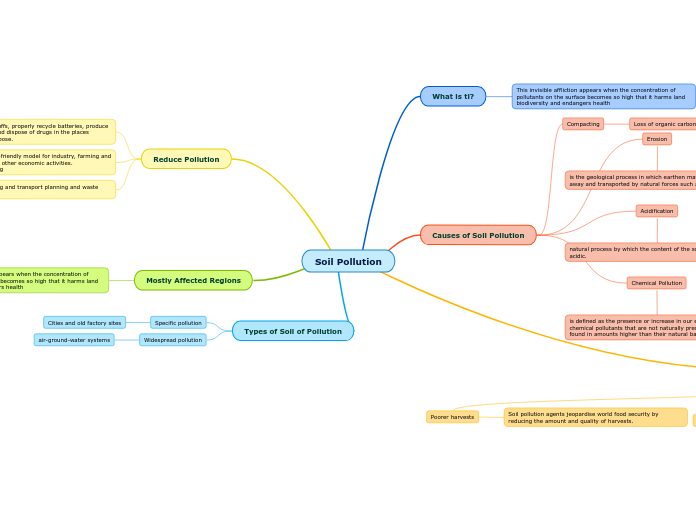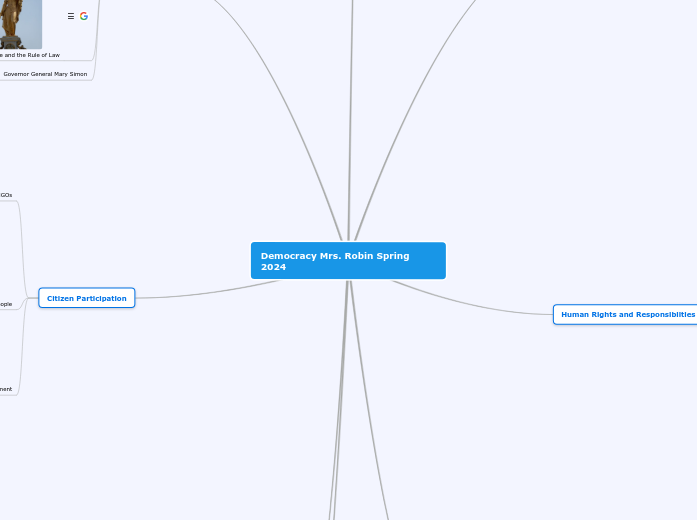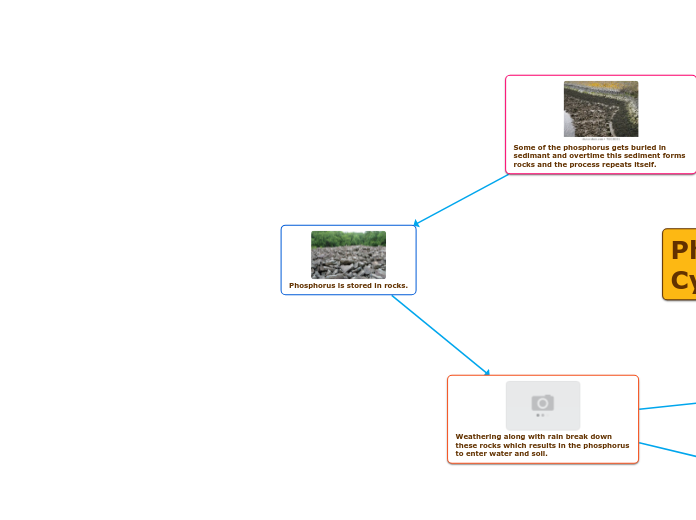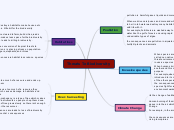von Shaughnessy John Vor 8 Jahren
528
ecosystem mind map
The phosphorus cycle is notably the slowest among biogeochemical cycles, with phosphorus primarily located in rock formations and ocean sediments as phosphate salts. These salts, upon weathering, dissolve in soil water and are absorbed by plants.









